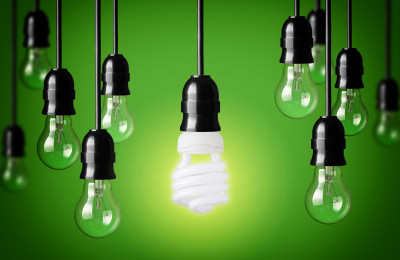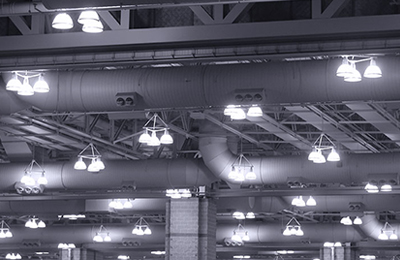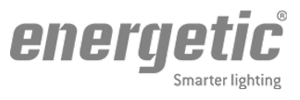Lighting consumes 22% of all electricity produced in the U.S. The U.S. Department of Energy estimates over $98 billion in energy savings could be realized by 2020 if solid state lighting can achieve these breakthrough efficiency targets.
By replacing incandescent and fluorescent bulbs, we would:
- Realize $115 Billion cumulative savings by 2025*
- Alleviate the need for 133 new power stations*
- Eliminate 258 million metric tons of carbon*
- Save 273 kWh/year in energy*
*A. D. Little, –Energy Savings Potential of SSL– Report for Dept. of Energy


Advantages of LED Lighting
- Long life – Reports vary and typical ratings for LEDs are 25,000 – 50,000 hours. However, with advances in technology lifetimes can exceed 50,000 and extend up to 100,000 hours. Compare this with 1,000 – 2,000 hours for incandescent bulbs or fluorescent tubes which are rated at 10,000 to 15,000 hours.
- Quality – Better quality, brighter light that can be controlled and directed as needed
- Energy Efficiency – Uses up to 90% less energy
- Durability – no moving parts, no glass, resistant to shock, vibration and breakage
- Non-Toxicity – no mercury (fluorescent has 10 – 40mg Hg per bulb) or CO2 emissions
- Versatility – available in a variety of colors, and are easily controllable and dimmable
- Cool Light – less heat radiation than HID or incandescent. Emit no infrared or ultraviolet rays
- Color – LEDs can emit light of an intended color without using any color filters as traditional lighting methods need.
- Reduced Maintenance – due to durability and long life, bulbs don’t need to be replaced for years
- Instant On/Off – LEDs light up very quickly. A typical red indicator LED will achieve full brightness in under a microsecond.
- Cycling – LEDs are ideal for applications with frequent on-off cycling, unlike fluorescent lamps that fail faster when cycled often, or HID lamps that require a long time before restarting.


 Apartment Lighting
Apartment Lighting Area Lighting
Area Lighting Automotive Lighting
Automotive Lighting Building Wall Pack Lighting
Building Wall Pack Lighting Canopy Lighting
Canopy Lighting High & Low Bay Lighting
High & Low Bay Lighting Industrial Lighting
Industrial Lighting Parking Lots & Garages
Parking Lots & Garages Pathway Lighting
Pathway Lighting Retail Lighting
Retail Lighting Stairwell Lighting
Stairwell Lighting



















